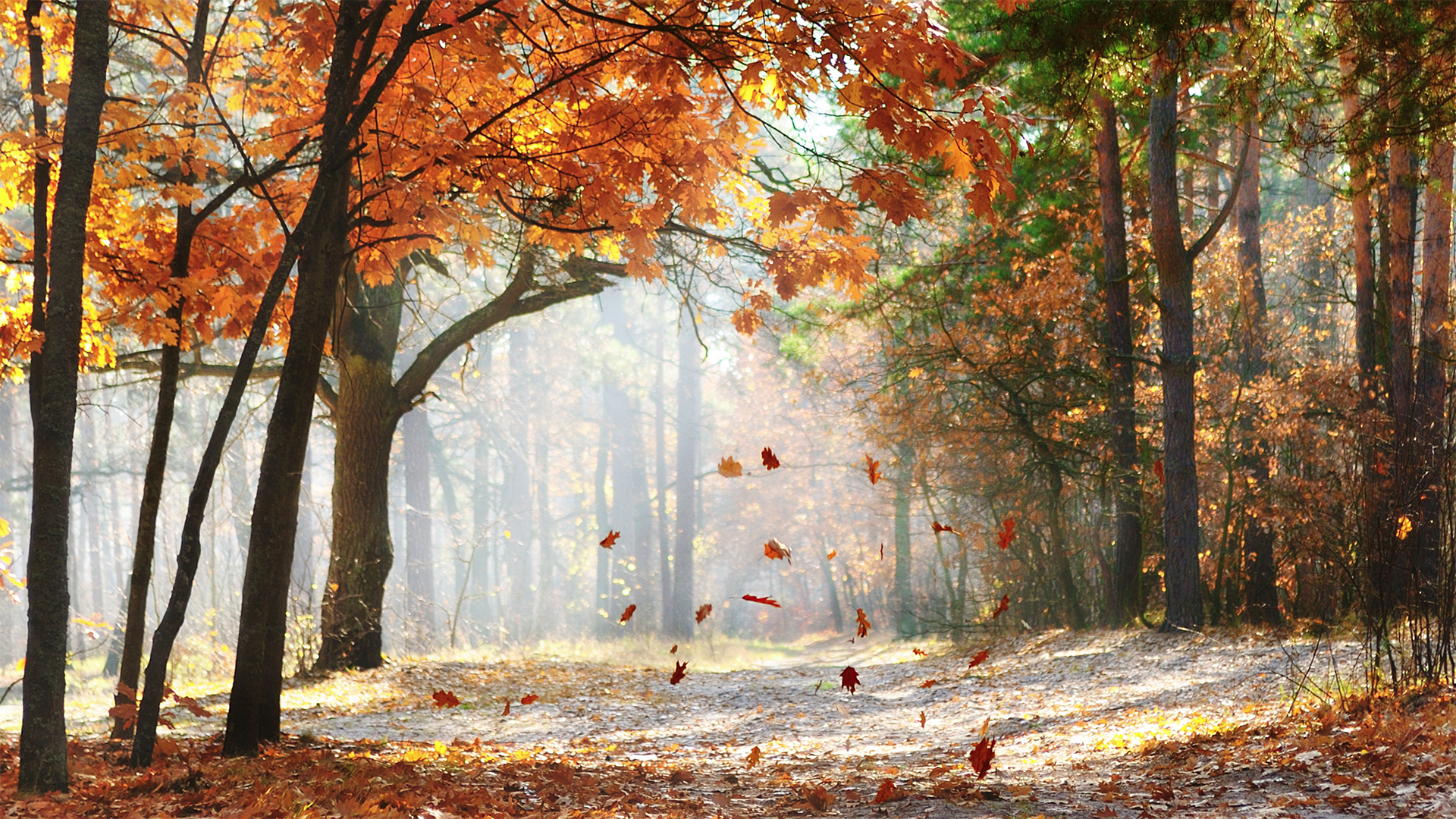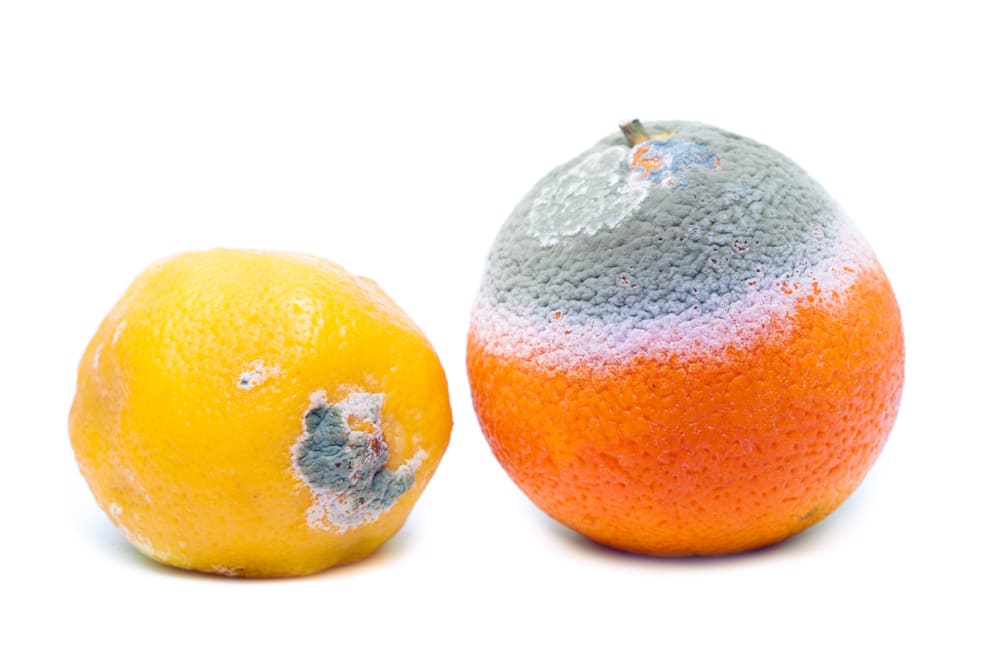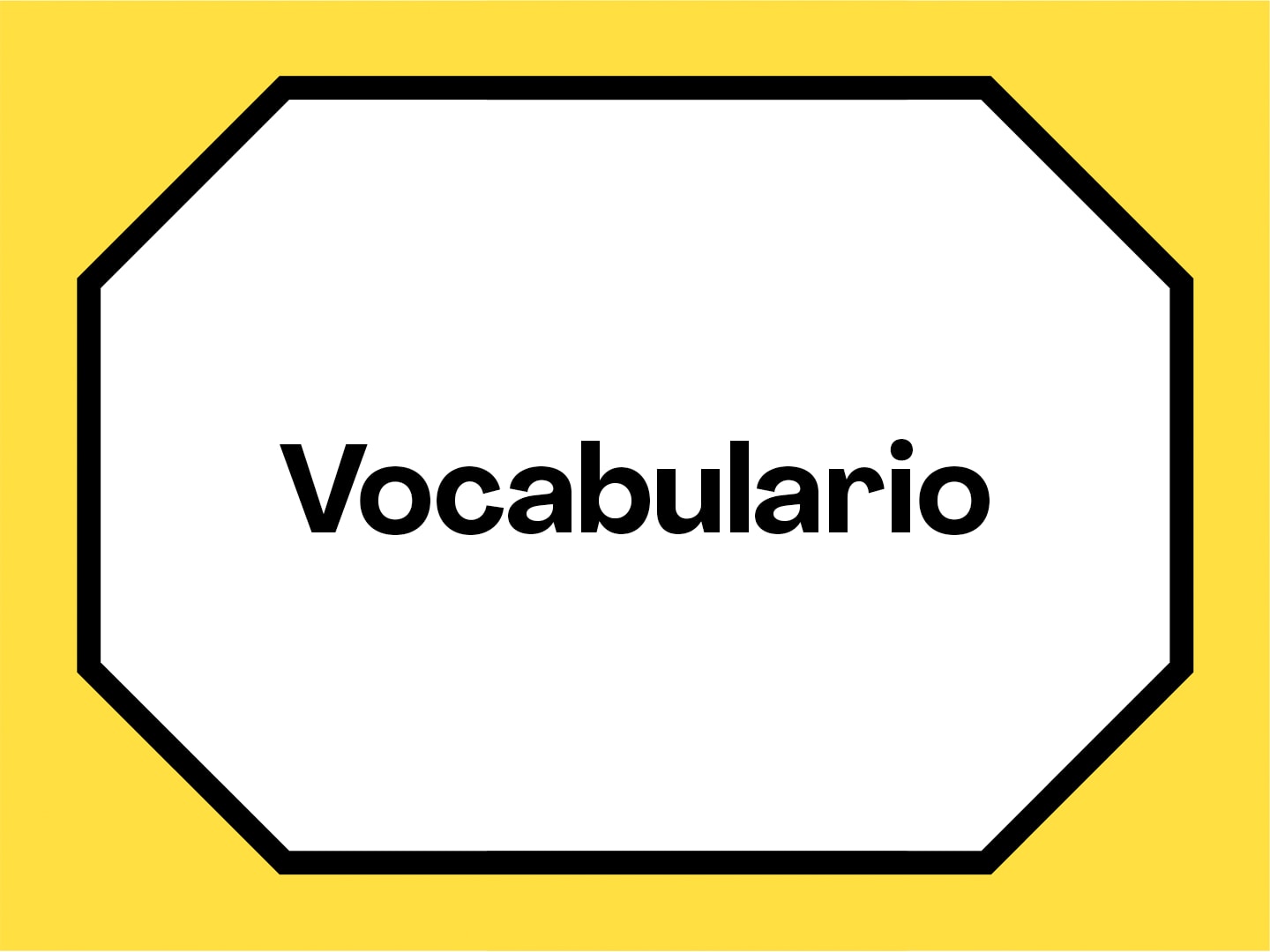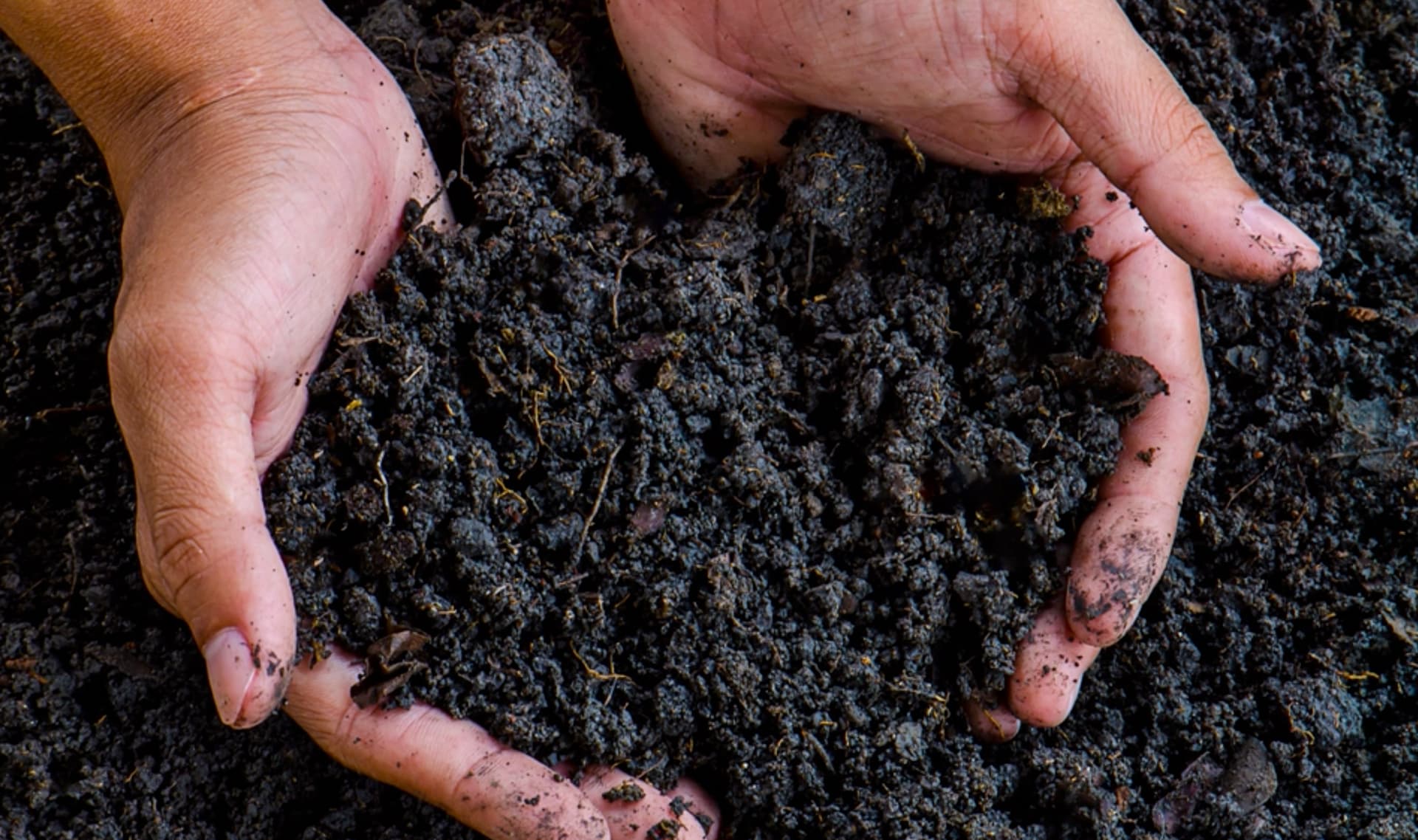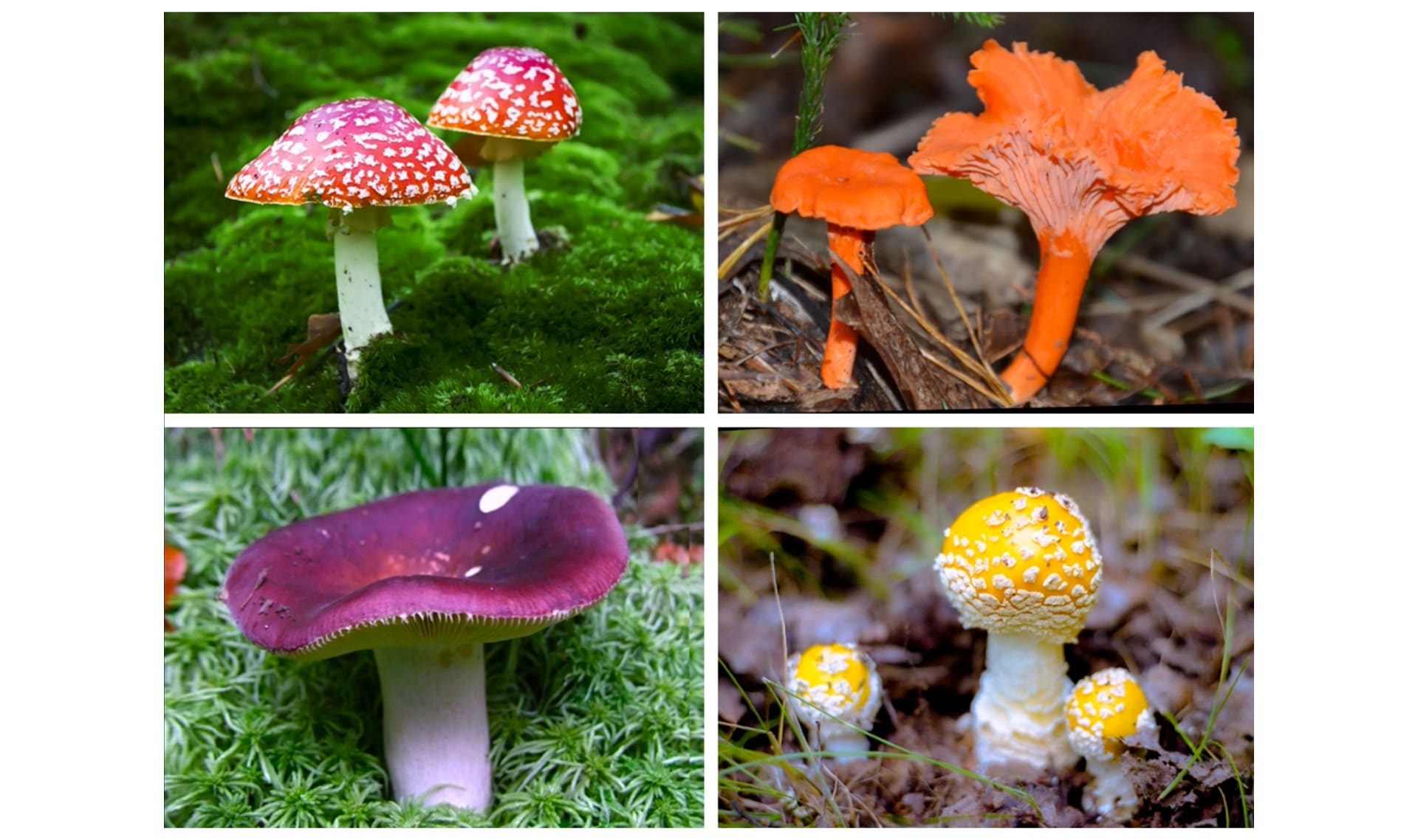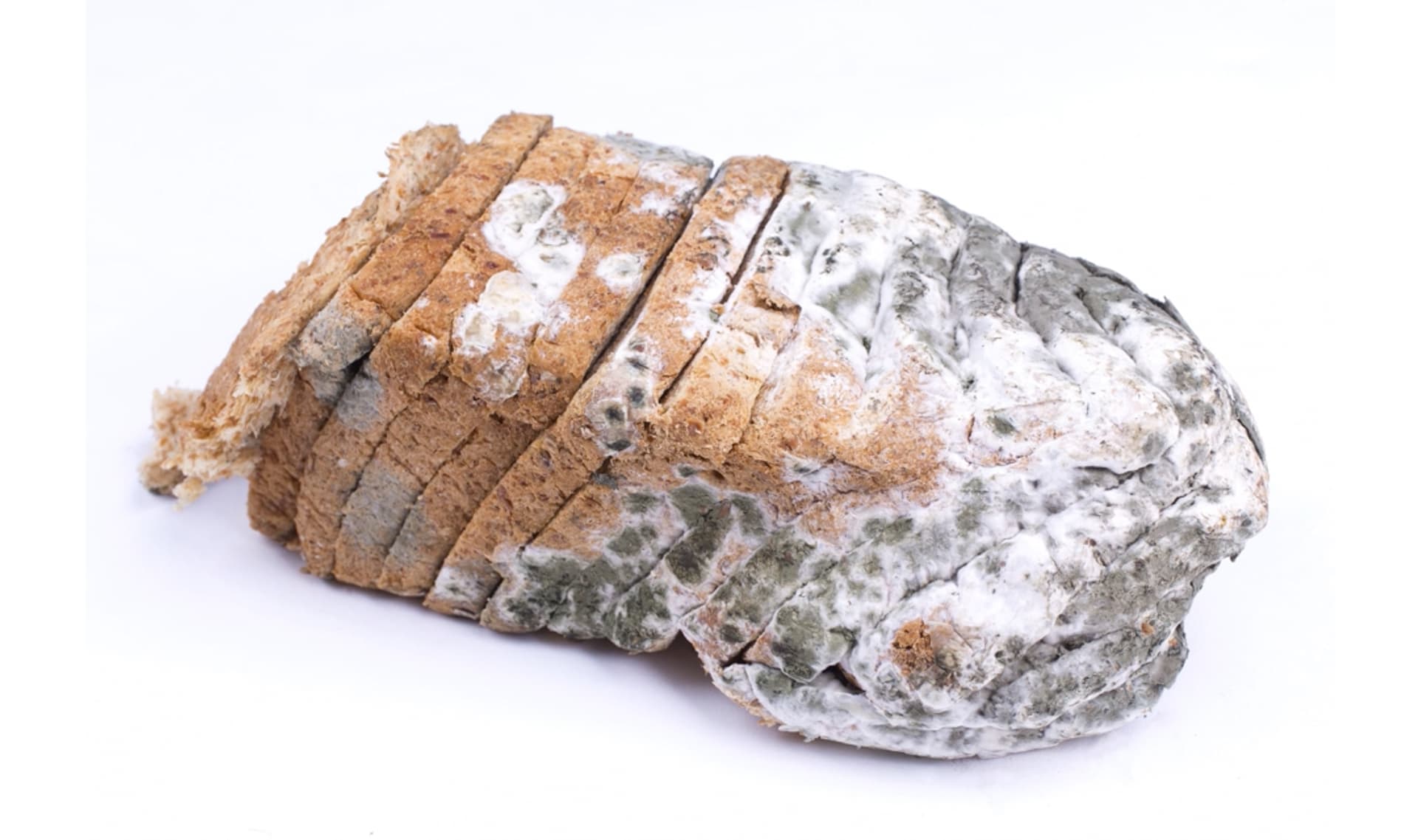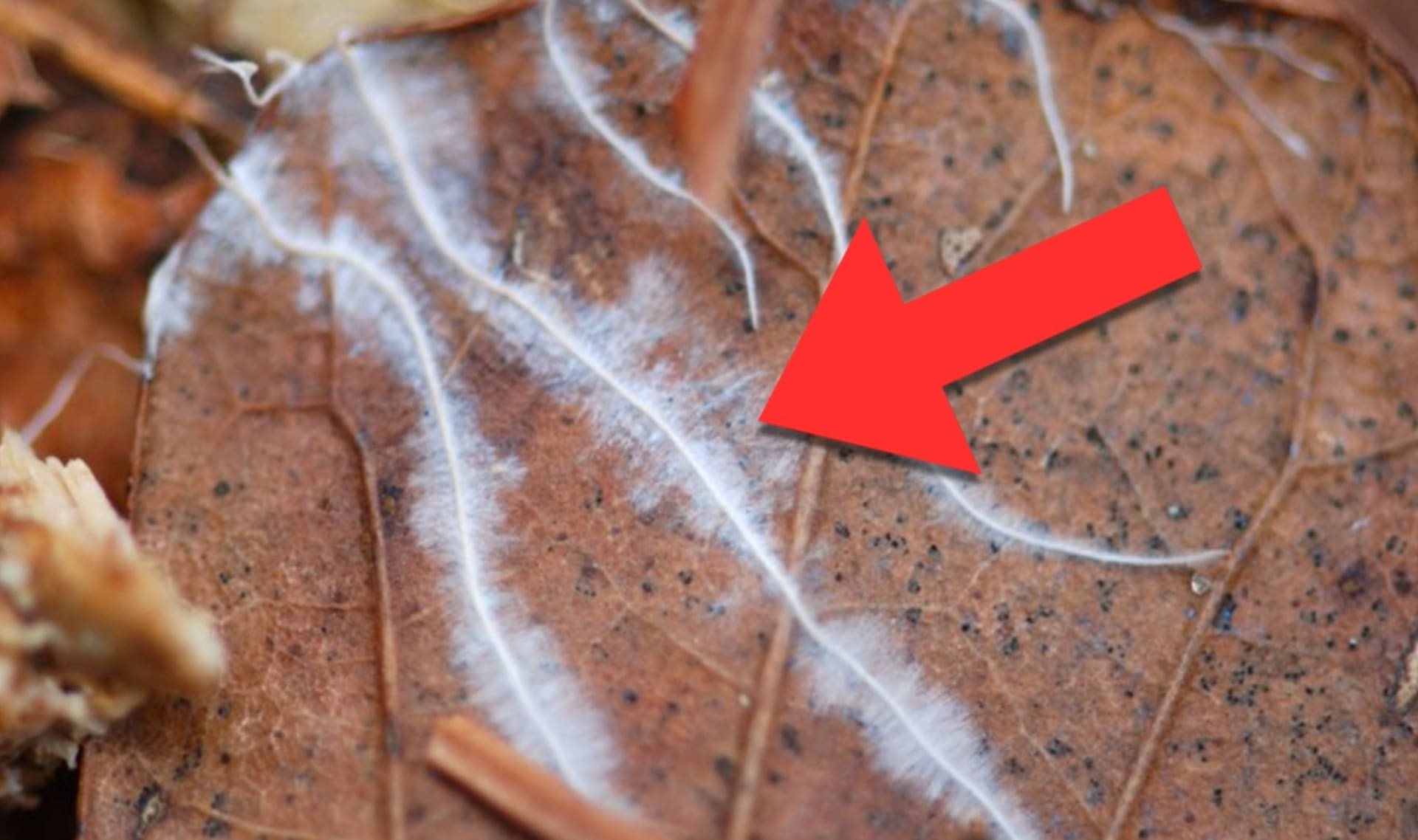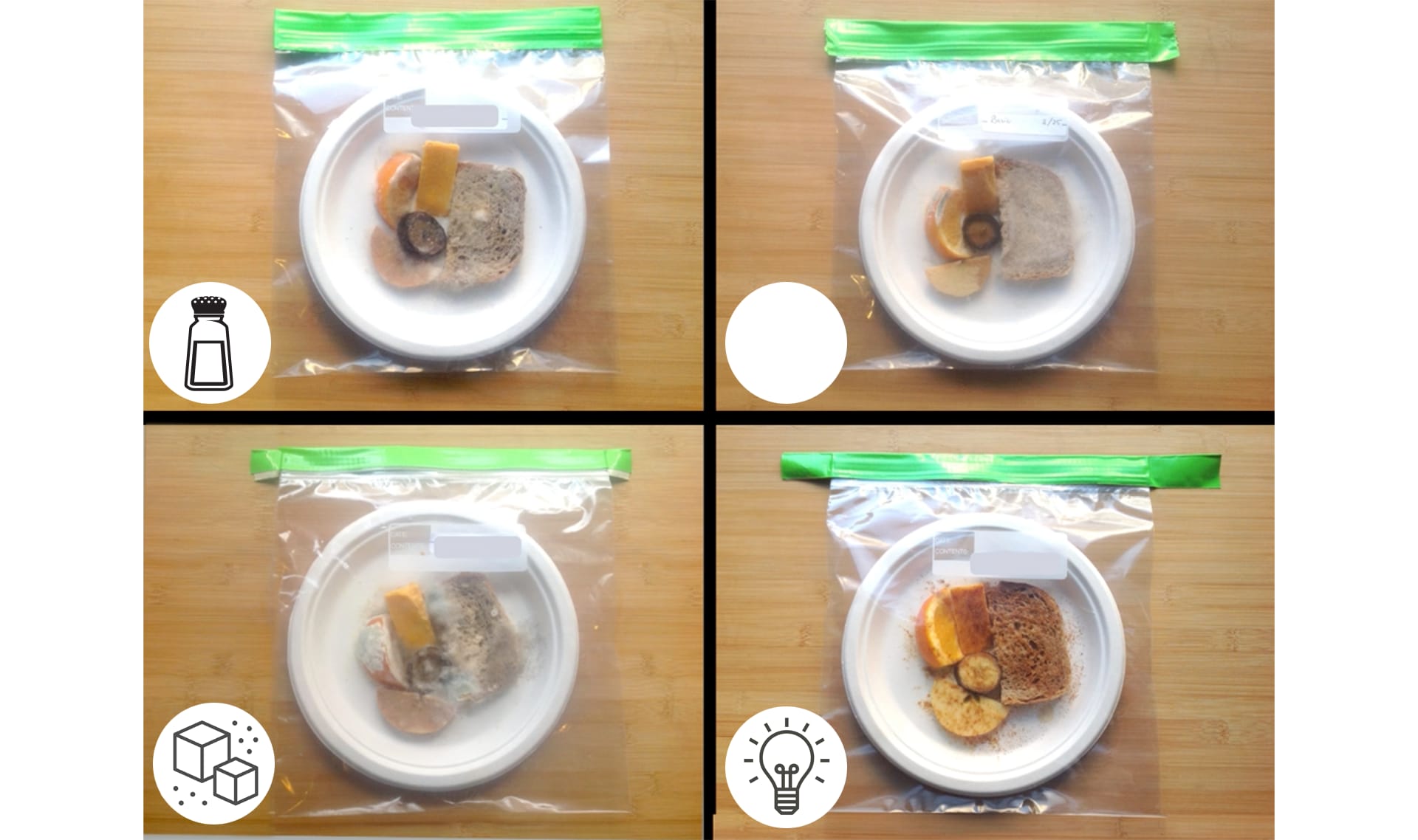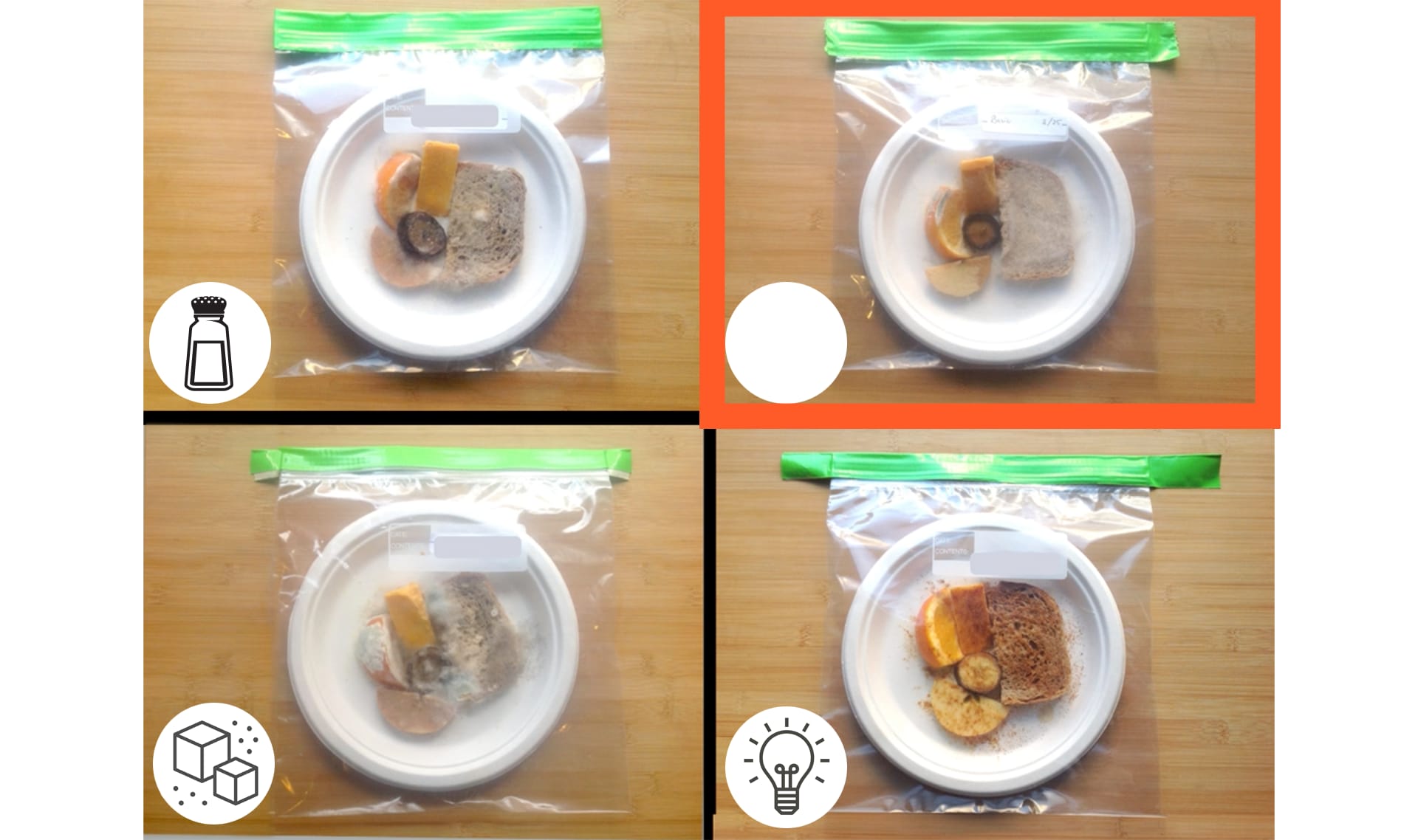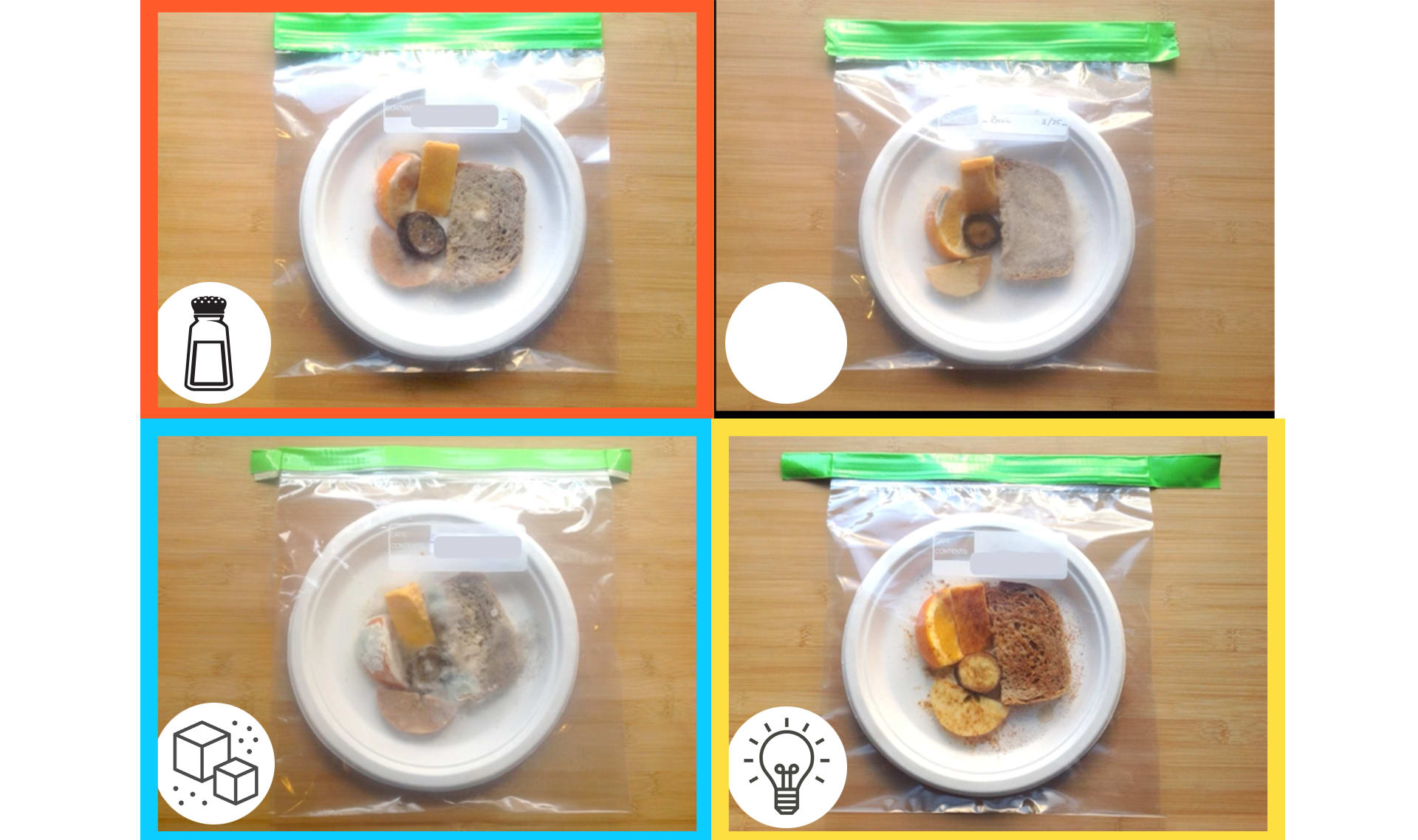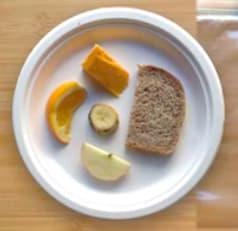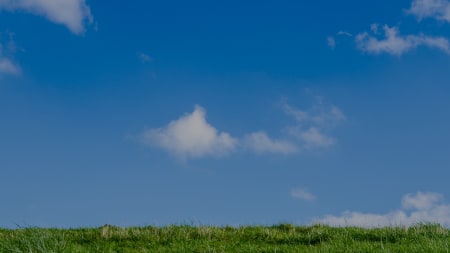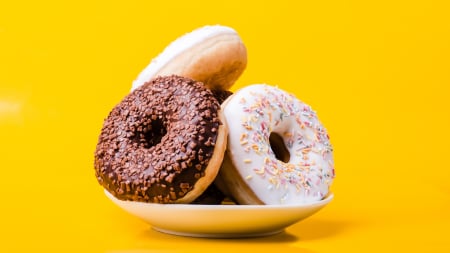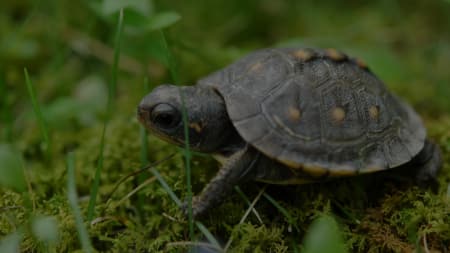Mystery Science respects the intellectual property rights of the owners of visual assets.
We make every effort to use images and videos under appropriate licenses from the owner or by
reaching out to the owner to get explicit permission. If you are the owner of a visual and
believe we are using it without permission, please
contact us—we will reply promptly and make
things right.
Exploration
leaves by
Albert Bridge
, used under CC BY-SA
walking on log-leaves by
unsplash
leaf decomposition by
Josh Williams
fungus mycelium by
Kris H. Light
second log flip by
Sergei A. Polozov
growing mycelium by
franchise films
mushroom time lapse by
OddScience
mushroom time lapse 2 by
franchise films
fungi mycelium on wood by
chanus
hands dug into work by
13Imagery
decomposition by
StopWaste
Russula by
Jerzy Opioła
, used under CC BY-SA
cinnabar-red chanterelle by
Jake Stookey
red capped mushrooms by
Gemini78
yellow & white capped mushrooms by
Kurt Bauschardt
, used under CC BY-SA
mushroom by
Mary Smiley
, used under CC BY-SA
white mushroom by
arhendrix
orange mushrooms by
Mushroom Observer
, used under CC BY-SA
Cordyceps_locustiphila_Henn by
Mushroom Observer
, used under CC BY-SA
mycelium growing more by
Jerzy Opioła
, used under CC BY-SA
trees broken up by shore by
skeeze
, used under Public Domain
man hiking by
Poprotskiy Alexey
mushrooms growing outside complex by
Vasile Cotovanu
, used under CC BY-SA
forest floor by
Alessandro Colle
pinic table lunch by
adriaticfoto
moldy bread by
Taborsky
moldy strawberries by
rsooll
mycelium on potato by
Telia
mycelium in orange substance by
Irina Kozorog
moldy orange by
Irina Mos
mushroom cap by
Aleksey Gnilenkov
casual living room by
Wonderlane
berry decomposition by
webiocosm
compost bin by
Evan Lorne
inside of compost bin by
BMJ
woman inside grocery store by
Adam Melnyk
moldy tomatoes by
Comrade Foot
inside of fridge by
thodonal88
camping- tent by
Milaniphotography
Activity
black electric heater by
ronstik
hands by
photka
pencil by
JohannPoufPouf
hands up by
Rawpixel.com
Other
leaves on cement by
Kichigin
walking through leaves by
Suzanne Tucker
kid playing in leaves by
Chris Nolan
, used under CC BY
wintery road by
David Merrigan
, used under CC BY
spring/green road by
artens
bag of leaves by
MiVa
Unit: leaf by
LilKar
Unit: leaf 2 by
Etakundoy
